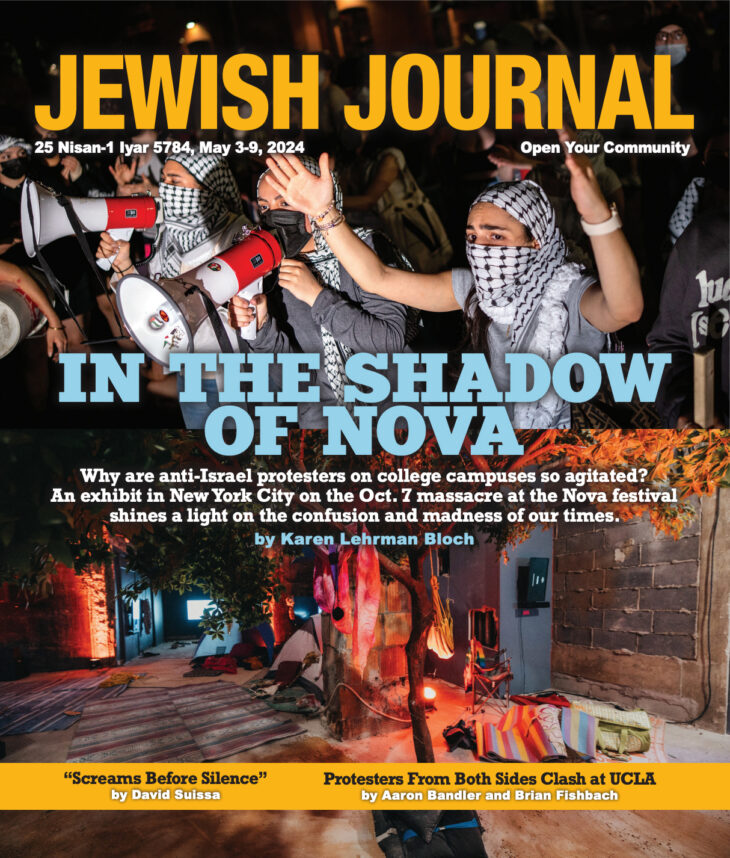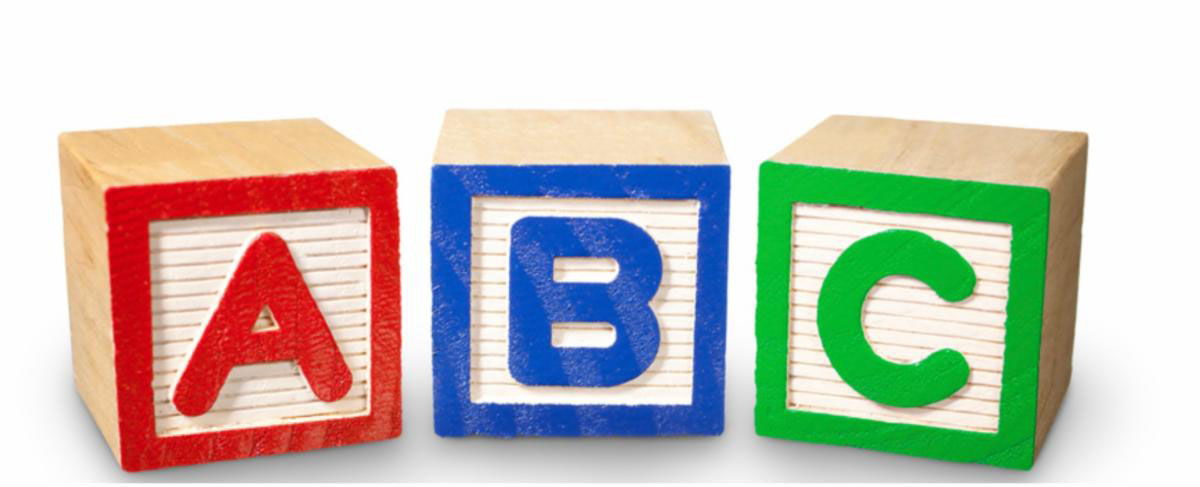Disregarding the disturbing news about the level of Jewish poverty in New York would be a mistake. “One in Five Jewish Households is Poor; Nearly Half of Jewish Children and Diverse Groups are Affected by Poverty” – these are powerful data. No wonder the report conveying them was tagged “dramatic”. New York is “home to an enormous and growing number of Jewish poor”, the report from the Jewish New York Federation claims. “Poverty in the New York area’s Jewish community is growing fast with more than 560,000 people — or 20 percent — classified as poor”, the report found. A worthy report from which there’s a lot to learn. But in order to do that, one needs to go beyond the “dramatic” headlines.
The report begins by saying that “the scale of Jewish poverty in the eight-county New York area — the Bronx, Brooklyn, Manhattan, Queens, Staten Island, Nassau, Suffolk, and Westchester — is immense”. It then moves on to shock the reader with more statistics and comparisons: there are more Jewish poor in NY than Jews in any other Jewish community in the US; 45% of children are poor or near poor. Upsetting numbers. The report gets a little murkier though, when it states that “there are many faces to the Jewish poor — no one social characteristic explains poverty to the exclusion of others. But it is also true that poverty is not distributed randomly across the Jewish community”.
Is it the consequence of “social characteristics”, or isn't it?
Of course it is, and while the report does give a very clear picture of these characteristics, it does it in a somewhat apologetic manner, as if the authors don't feel comfortable with pointing fingers at the right direction. Maybe because it involves group profiling, maybe because the authors thought that the impact of their findings would not be as great if people truly understand the nuances, or maybe because the true findings might make it harder for the “community” to convince its members to take action. No matter what the reason is, just the fact that there are many poor Jewish New Yorkers is hardly the story here.
The report states: “Some social characteristics are more prevalent among poor households than among not-poor households”. Poor households are “more likely to be” those with “children under 18 years old”, “with seniors ages 65 and over”, “divorced, separated, or widowed”, “large households of seven or more people”, “single-person households”. These are all almost-obvious findings behind which hide two main groups: Older Russian speaking immigrants (26% of the poor, but more importantly a group in which more than two-thirds are poor), and younger Hasidic households (17% of the poor, nearly half of these households are poor). Thus, the report involves short-term bad news and long-term bad news, and at least two types of policy implications for the community.
On page 21 of the report, the authors list a number of “Questions that the organized Jewish community needs to ask” as a result of the findings. These are good questions that can be used by way of delving deeply into the findings.
Does the current strategy of the organized Jewish community for responding to poverty need to be re-examined in light of the enormous growth of poverty in the Jewish community? Is the current strategy sufficiently integrated and comprehensive, or is the approach too piecemeal? Are Jewish communal organizations successfully and efficiently leveraging the full array of resources available to respond to poverty?
This question has a short answer: no. Re-examination is always recommended, and improving the response is always preferable to maintaining the status quo. The question isn’t whether changes should be made – it is what changes should be made. And even the authors, as they ask the questions, point at the right direction for action:
How can community-wide leadership most effectively engage leaders from within multiple Hasidic communities in a joint effort to upgrade secular education and job skills in culturally sensitive ways?
What can be done to more effectively engage leadership from outside and within the Russian-speaking community to provide jobs and training?
Of course, there’s nothing surprising or “dramatic” about these two groups being the focus of the report.
First generation immigrants, especially elder immigrants, struggle. They struggled in previous waves of immigration and they do today. They do it consciously to give the next generation a better life. And of course, the Jewish community has “a sacred responsibility to care” for them, as John Ruskay, executive Vice President and CEO of the Federation, said in a conference call on Thursday, the day in which the report was discussed. And it can do it knowing that this is a short-term remedy for a group that is making its way out of poverty. In fact, Jewish help for Russian speaking Jews (RSJ) is both a challenge and an opportunity. Giving help is a way of connecting to this group, and making this connection now might help ensure the continuation of the connection with the second RSJ generation.
There also isn't anything “dramatic” about the other group in which poverty is found in large numbers. The fact that “households with more children are more likely to be poor than households with fewer children” is no surprise. The fact that “28% of poor households are Orthodox” is no surprise either. Hasidic families are large, employment-inducing education in these families is low, emphasis on study as an alternative for work is high. This isn’t a short-term issue – until the next generation becomes more dominant – it is a long term challenge. And what a challenge.
For starters: it isn’t quite clear if Hasidic households truly want to be helped out of poverty. Of course, if the community wants to give them money they’d take it. But would it want to do such thing?
I think this depends on the next question: Is it reasonable to ask for the community's assistance for Hasidic families if those families insist on keeping their current life style?
On the other hand: is it moral to make assistance for the Jewish poor contingent on them becoming, well, less “Jewish” – according to their definition of Jewish practice?
Moreover, would other sectors of the Jewish community see it as worthwhile to support a poorer sector that greatly contributes to Jewish demography and to the preservation of Torah study, but is resistant, at times even hostile, to those sectors that could be called for assistance?
The Hasidic “problem” of the New York Jewish community is not much different from the problem Israel has to struggle with, as it attempts to “integrate” Haredi society into Israel’s economy. There’s one difference though: as Israel feels obligated to take care of all its citizens – Haredi included – and to make sure that they aren’t poor, it also has a coercive power with which to tame Haredi resistance for change. The New York Jewish federation admirably feels equally obligated to take care of the Jewish poor, but, alas, it doesn’t have any coercive means at its disposal. It can help the Hasidc community by giving it money or food, and it can attempt to convince it that it must change to avoid poverty. But these two actions might contradict one another.






















 More news and opinions than at a Shabbat dinner, right in your inbox.
More news and opinions than at a Shabbat dinner, right in your inbox.